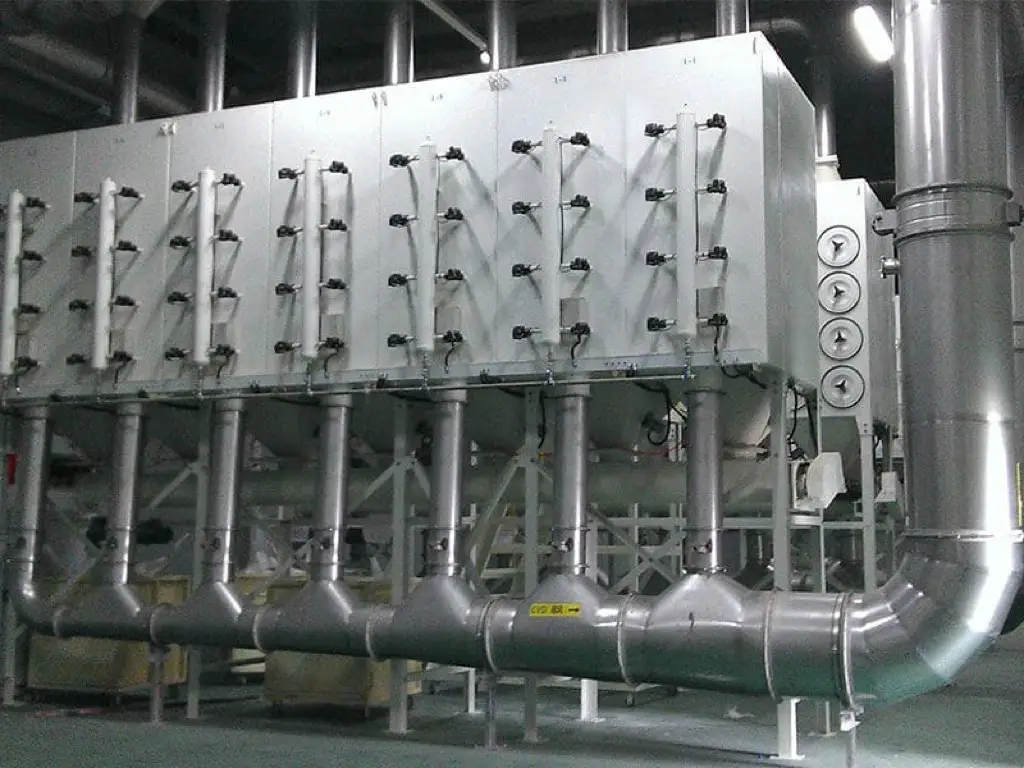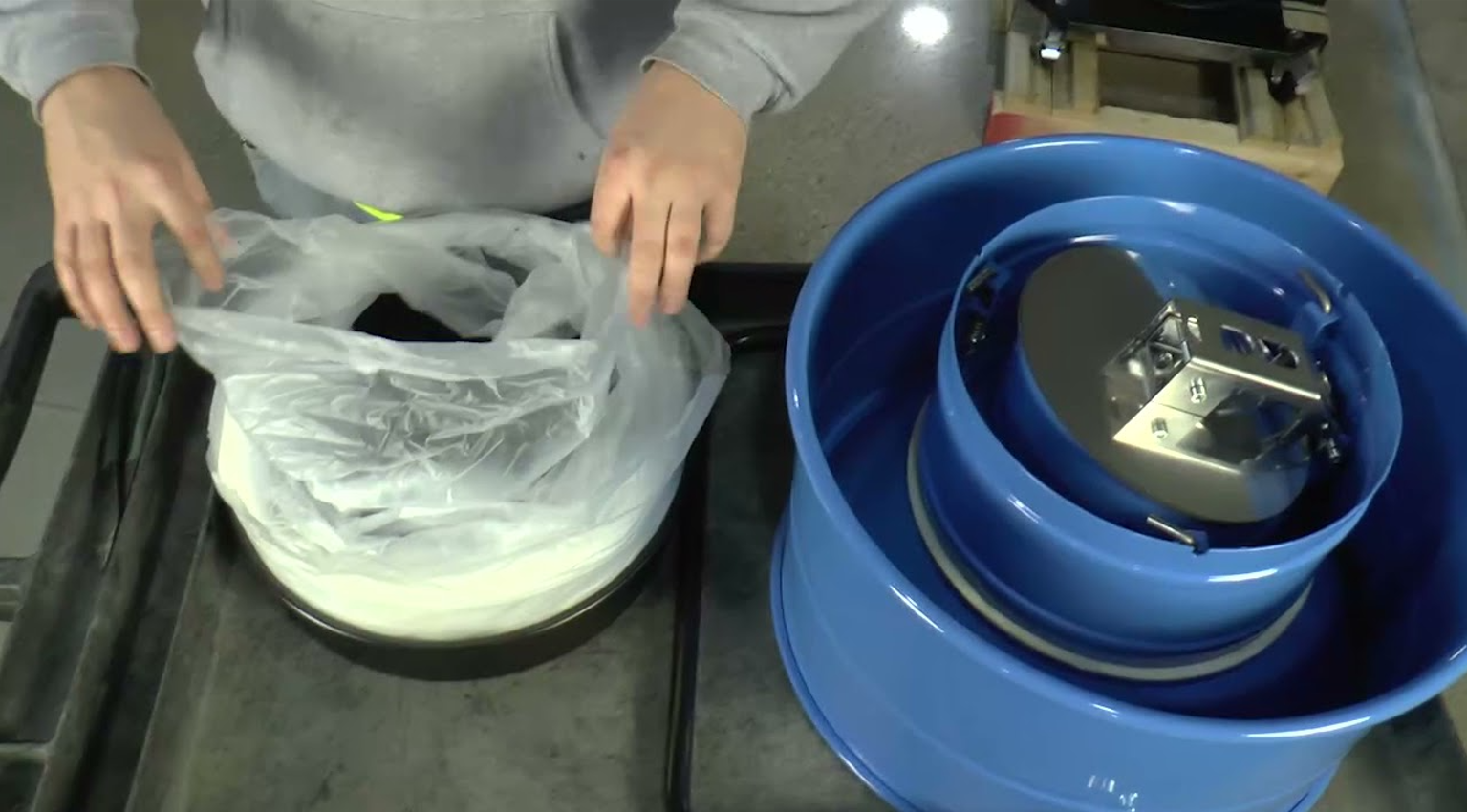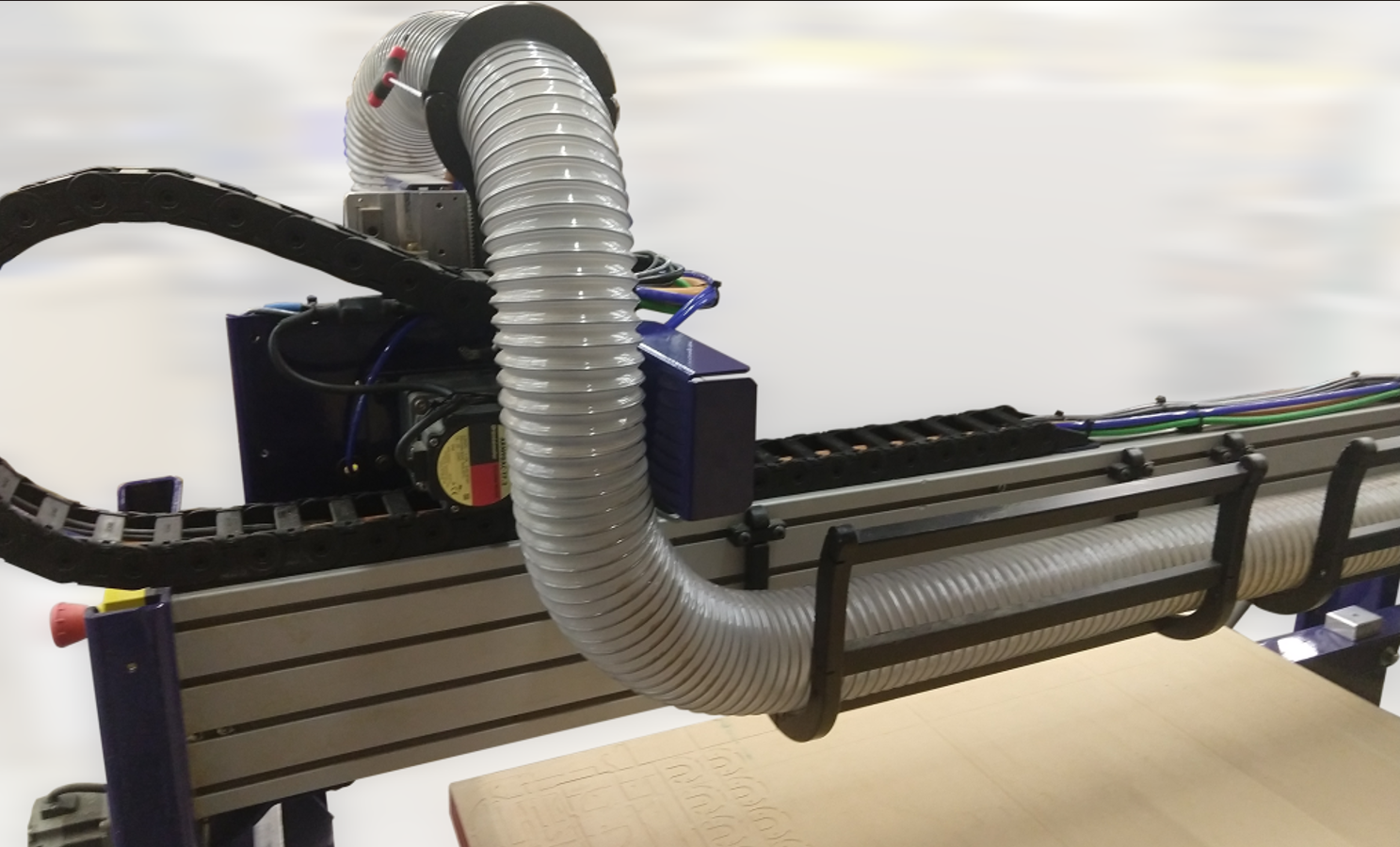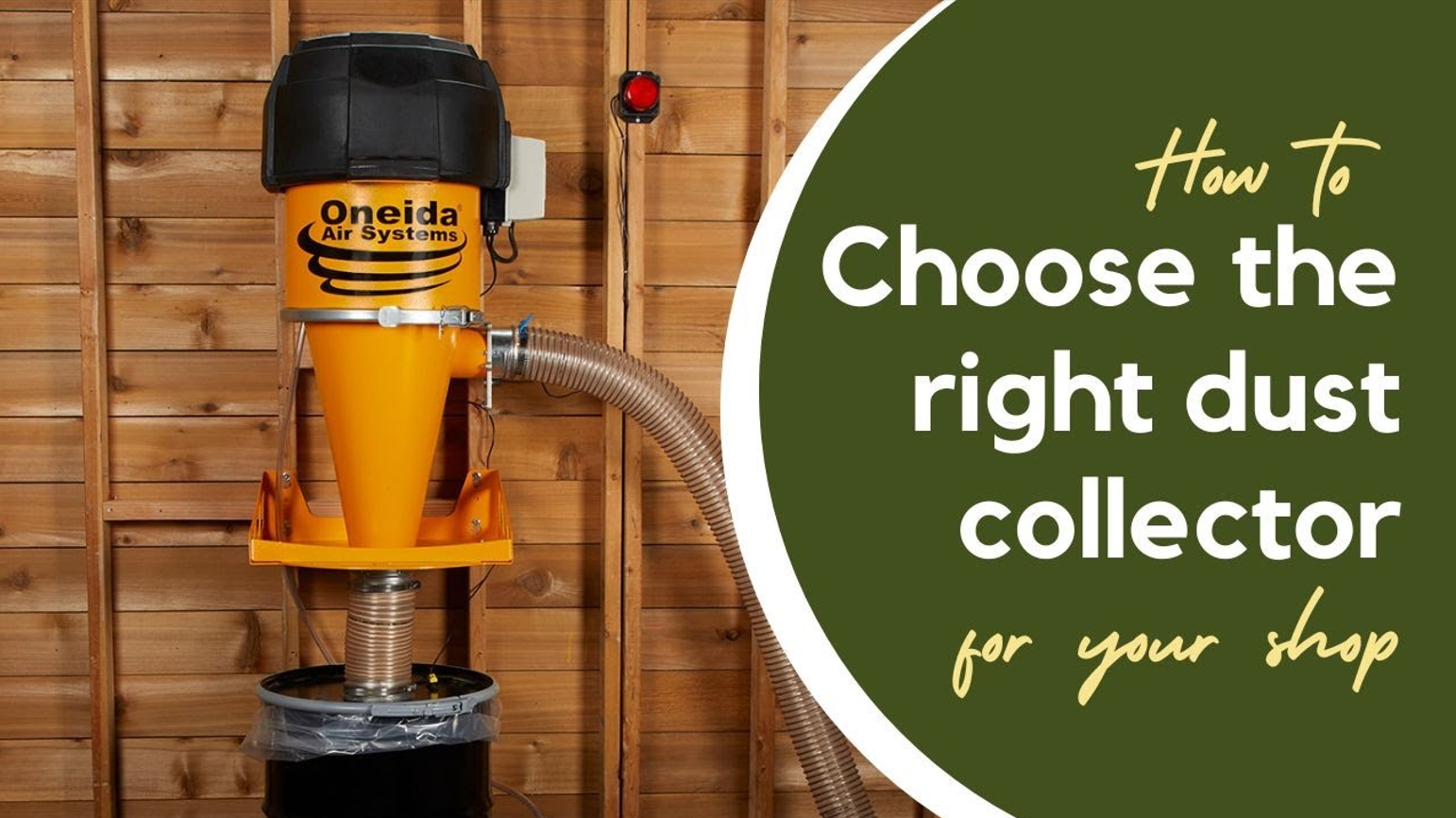If you work with woodworking, metalworking, or chemical processes, dust and fumes are unavoidable. A dust collection system keeps your workspace clean, safe, and efficient. But how do you know how much CFM – cubic feet per minute – your system needs? Choosing the right CFM ensures your system captures dust adequately without wasting energy.
What is CFM and Why It Matters
CFM measures the volume of air a dust collector can move per minute. Think of it as the “strength of the lungs” of your system.
- Too low CFM → dust and fumes linger, creating safety and health risks.
- Too high CFM → unnecessary energy use and higher costs.
The goal is to find the right balance for your workspace.
Step 1: Check Your Machines’ Air Requirements
Each machine has a recommended airflow to capture dust efficiently. Common examples:
- Table saw → 350–400 CFM
- Band saw → 200–300 CFM
- Grinder → 500 CFM or more
Add up the CFM requirements for all machines you’ll run at the same time.
Step 2: Account for Ductwork Losses
Air loses speed as it travels through ducts. Bends, length, and friction reduce efficiency.
- Increase your total CFM by 20–30% to compensate for duct losses.
- Fewer bends and shorter ducts help maintain strong airflow.
Step 3: Consider the Type of Dust or Fumes
Different dust types behave differently:
- Fine dust (like sanding dust) → needs higher CFM to avoid settling.
- Coarse dust (like metal shavings) → easier to capture, so slightly lower CFM works.
- Fumes or smoke → require steady airflow to keep the workspace safe.
Choosing the right CFM for the material ensures better capture efficiency.
Step 4: Pick the Right Dust Collector
Once you know your CFM needs, select a system that fits:
- Small workshop → manual dust collector
- Large operation → industrial dust collector
- Chemical fumes → fume exhaust system
The right system saves energy, protects your health, and extends equipment life.
Step 5: Plan for the Future
If you plan to add more machines later, choose a dust collector with slightly higher CFM. This ensures your system remains effective as your operation grows.
Step 6: Test and Adjust
After installation:
- Use an anemometer to measure airflow at machine ports.
- Adjust duct sizes or system settings if airflow is too low.
Real-world performance may differ from calculations due to duct layout or resistance, so testing is essential.
Quick CFM Formula
Here’s a simple formula for reference:
Required CFM = Duct cross-sectional area (sq. ft.) × Air velocity (ft/min)
This helps match your ductwork and dust collector to the airflow needed.
Calculating the right CFM doesn’t have to be complicated. Know your machines’ needs, account for duct losses, and match your system to the dust or fumes you handle. Investing in the right system – whether a manual dust collector, industrial dust collector, or fume exhaust system – ensures a cleaner, safer, and more efficient workspace.



